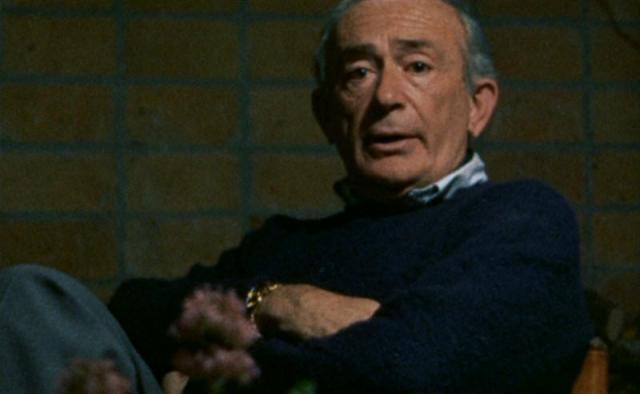'F for Fake" tells the story of Elmyr de Hory, a famous art forger of the 1960's and 70's. His art was so close to the originals that it even fooled the artist themselves. At the same time, there's Clifford Irving, the biographer of Hory and of famed introverted socialite Howard Hughes, or was he? Yet Hughes is also a historic fraud, and what about self proclaimed charlatan Orson Welles, how is he connected to the story?
Describing "F for Fake" is like listening to child after seeing an exciting summer blockbuster, they want to describe every single detail, but there are too many threads to keep up with. So they'll go back and describe an earlier event and then eventually get back to the point. Eventually, you will get lost and assume the story is something crazy and impossible to understand.
Then, you actually see the film, and it all makes sense. The movie deals with individual stories that are all interesting enough to have their own hour and a half film. Yet, they are all used here in tandem with one another in just under 90 minutes.
 The key to making all these threads make sense is Welles' editing of the film. He connects the stories not by a timeline of events but rather through ideas and themes. If Hory talks about why his skill is evident through his ability to copy others, the film may cut to a scene of Irving countering this point. They may even have a conversation through this editing, their individual points creating a dialogue that was filmed years apart but made evident through the power of film.
The key to making all these threads make sense is Welles' editing of the film. He connects the stories not by a timeline of events but rather through ideas and themes. If Hory talks about why his skill is evident through his ability to copy others, the film may cut to a scene of Irving countering this point. They may even have a conversation through this editing, their individual points creating a dialogue that was filmed years apart but made evident through the power of film.This editing style is why many of called "F for Fake" a film essay. It jumps from story to story, flowing as a well written essay would. Welles states the thesis from the start: "This is a film about trickery, fraud, about lies.", and then proceeds to support it with documentary footage, anecdotes, tangents, and a bit of trustworthy comedy.
Enough credit cannot be given to Orson Welles. Filling most of the required cast and crew, including one of the staring roles, "F for Fake" is Welles' film. While his editing has been discussed, his personality comes out in his narration, which serves to make the connections even easier to understand. The narration even adds a bit of fun and comedy to the film, with Welles pointing out ironic coincidences and even making fun of himself and the "players" in his film.
I'm at a loss for what else to say. Half of the fun of "F for Fake"is not knowing about it, going in blind as to how it will all play out. It is a film unlike any other, plain and simple. If you want to see something original, funny, powerful, and expertly crafted, then Orson Welles' "F for Fake" should be next on your list of must sees.
If my words have not convinced you, then please watch this analysis of film editing from "Every Frame a Painting", who uses "F for Fake" a case study for expert editing.

